Injection molding.
Material Innovations Expands Production Applications.
Injection molding is a manufacturing process for producing parts by injecting molten material into a mould, or mold. It can be performed with a host of materials mainly including metals, glasses, elastomers, confections, and most commonly thermoplastic and thermosetting polymers.
Designing plastic parts is a complex task involving many factors that address a list of requirements of the application. "How is the part to be used?" "How does it fit to other parts in the assembly?" "What loads will it experience in use?" In addition to functional and structural issues, processing issues play a large role in the design of an injection molded plastic part. How the molten plastic enters, fills, and cools within the cavity to form the part largely drives what form the features in that part must take. Adhering to some basic rules of injection molded part design will result in a part that, in addition to being easier to manufacture and assemble, will typically be much stronger in service. Dividing a part into basic groups will help you to build your part in a logical manner while minimizing molding problems. As a part is developed, always keep in mind how the part is molded and what you can do to minimize stress

Plastic injection molding is the preferred process for manufacturing plastic parts. Injection molding is used to create many things such as.

Electronic housings.
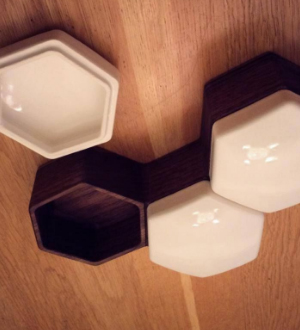
Containers.
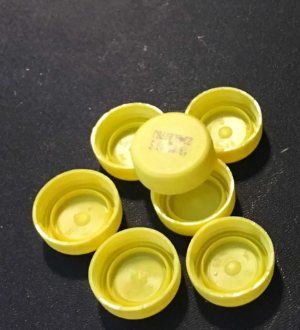
Bottle caps.
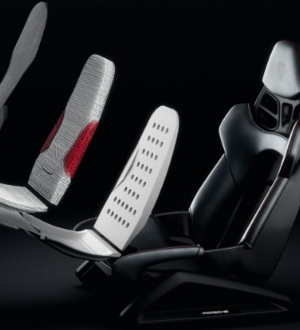
Automotive interiors.

Combs.
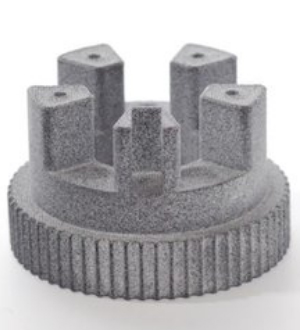
End-use parts that would typically be injection molded with ABS.

Automotive components.
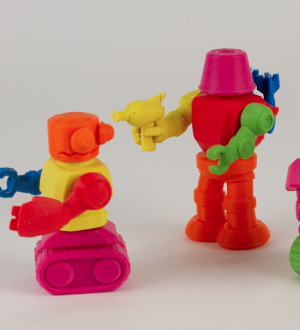
Toys.
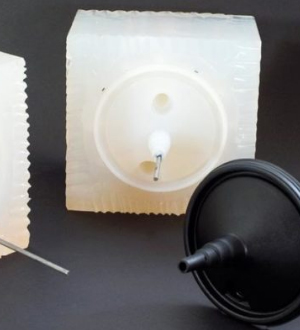
Master patterns for vacuum casting.

Snap-fits, living hinges and connectors.

Complex geometries such as custom ductwork.
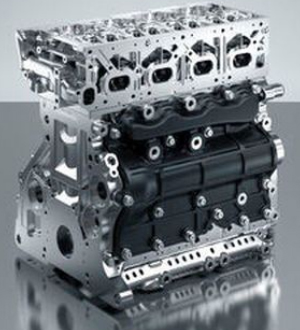
3D printed exhaust and duct systems.
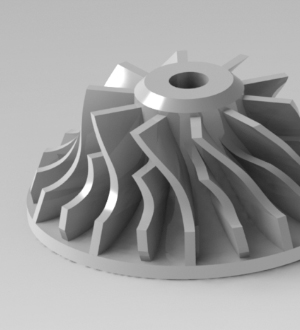
Impellers.
It is ideal for producing high volumes of plastic parts due to the fact that several parts can be produced in each cycle by using multi-cavity injection molds. Some advantages of injection molding are high tolerance precision, repeatability, large material selection, low labor cost, minimal scrap losses, and little need to finish parts after molding.
More perks of Injection Molding

and tool design
times by 75%

production and lead
times by 80%

injection mold design
and production

production costs with
direct metal printing
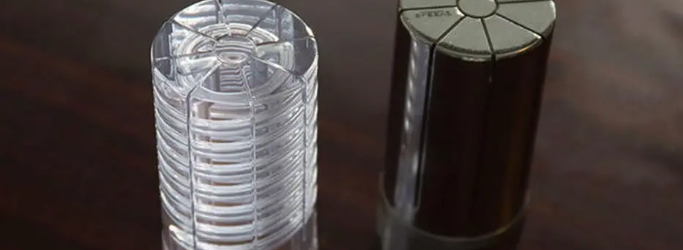
Bastech Uses 3D-Printed Conformal Cooling Inserts to Reduce Costs and Time .
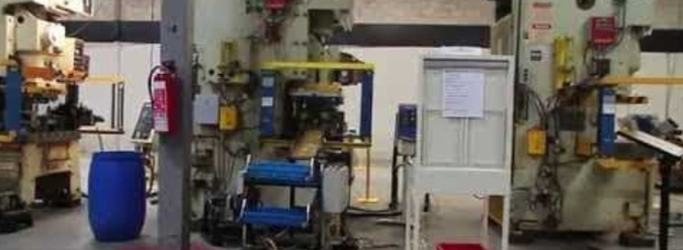
Bi-Link Takes the No Compromise Road to Producing 3D Printed Injection Molds and Parts .
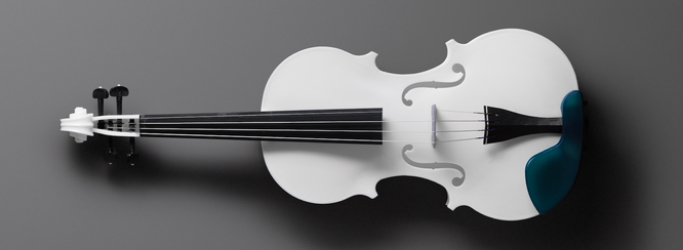
Realize Inc. and Outdoor Ukulele Hit the Right Notes With 3D Printed Musical Instruments .
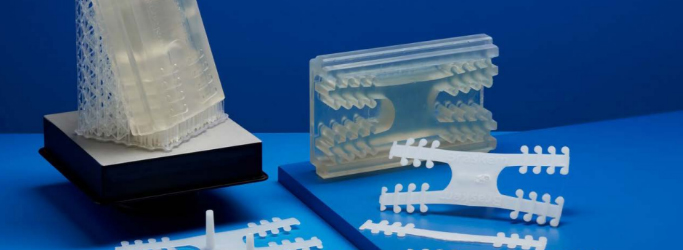
Steyr Stays Top of Mind with Scale Models from 3D Systems On Demand .
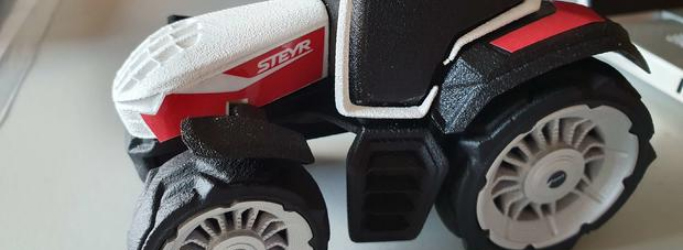
How Braskem Leveraged 3D Printing to Fabricate Injection Molds for End-Use Parts .
